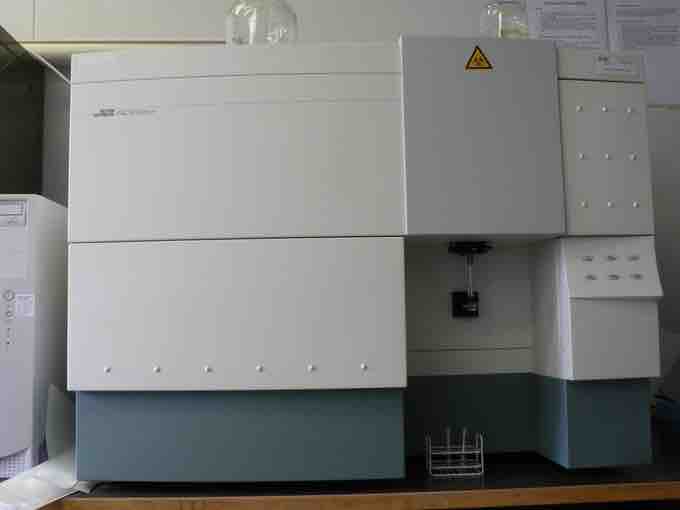Fluorescent labeling is another method of demonstrating the complexity of antigens and antibodies. Fluorescent molecules are used as substitutes for radioisotope or enzyme labels. The fluorescent antibody technique consists of labeling antibody with dyes such as fluorescein isothiocyanate (FITC). These compounds have high affinity for proteins with which they conjugate.
Fluorescent techniques are very specific and sensitive, so fluorescent antibody-based techniques require a fluorescent microscope. A fluorescent substance absorbs light of one wavelength and emits light of a longer wavelength. Fluorescein fluoresces an intense apple-green color when excited under fluorescent microscopy. The chemical manipulation in labeling antibodies with fluorescent dyes to permit detection by direct microscopy examination does not impair antibody activity.
After the labeling of a specific antibody with a fluorescent molecule, it can still be reacted with its antigen and identified microscopically. Fluorescent antibody conjugates are commonly used in immunoassays. The basic methods utilizing fluorescent antibodies include direct, inhibition, and indirect immunofluorescent assay.
In the direct technique, a fluorescent antibody is used to detect antigen-antibody reactions at a microscopic level. The inhibition immunofluorescent assay is a blocking test in which an antigen is first exposed to an unlabeled antibody, then to a fluorescent antibody, and is finally washed and examined. Indirect immunofluorescence assay is based on the ability of antibodies to react with antigens as well as act as antigens and react with anti-antibody (anti-immunoglobulin). This technique is used extensively for the detection of autoantibodies and antibodies to tissue and cellular antigens. The methods described are mostly performed on glass slides with patient serum or tissue sections. Immunofluorescence can also be performed to identify specific antigens on live cells in suspension. This method is known as flow cytometry and requires a flow cell sorter rather than a fluorescent microscope .

Flow cell sorter
This instrument is used to analyze live cells in suspension after staining them with fluorescent antibodies.